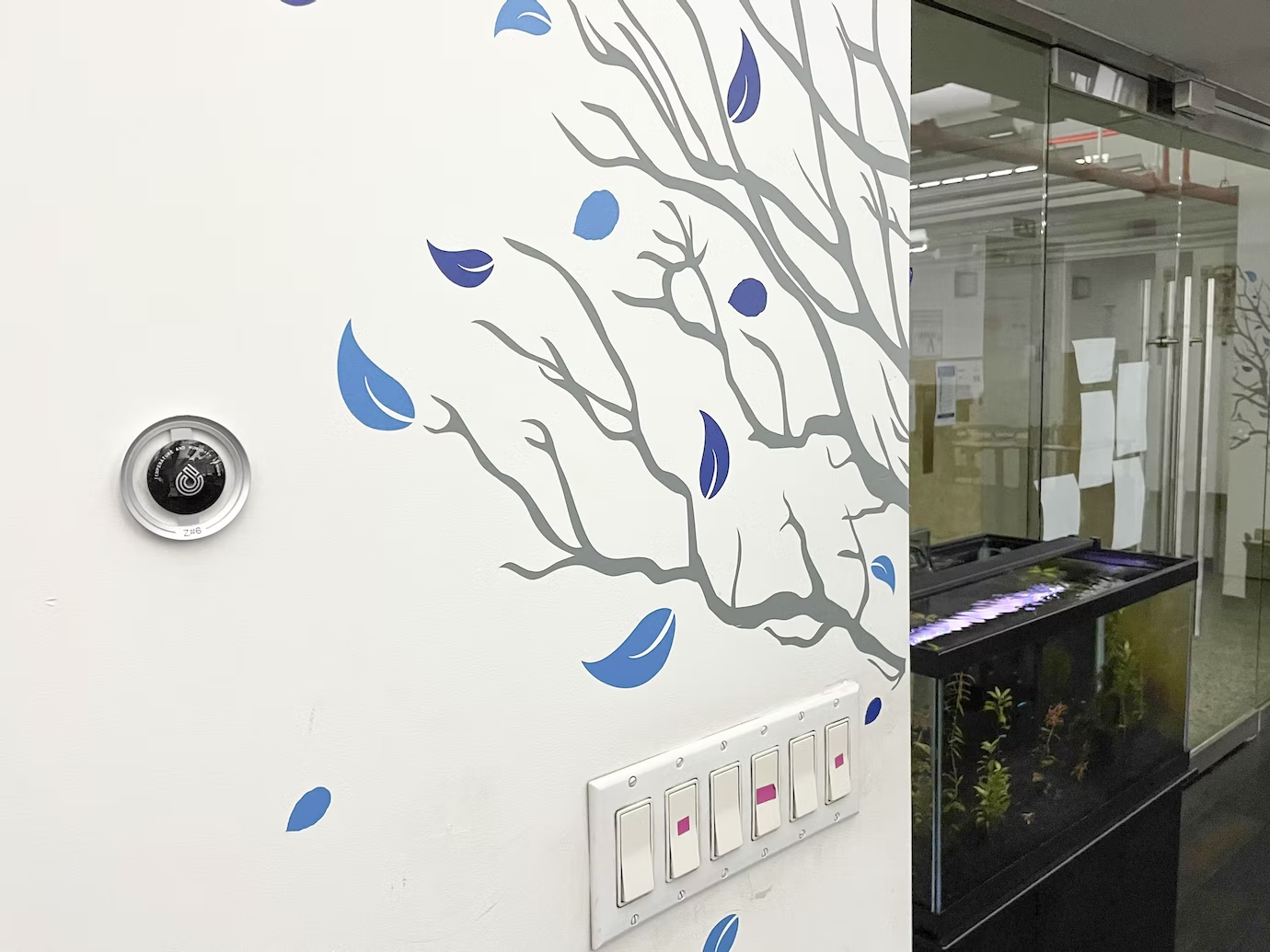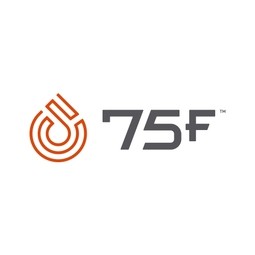Download PDF
IoT-Based Energy Management: A Case Study of Bright Power and 75F

Technology Category
- Sensors - Environmental Sensors
- Sensors - Temperature Sensors
Applicable Industries
- Buildings
- Cement
Applicable Functions
- Product Research & Development
Use Cases
- Building Automation & Control
- Continuous Emission Monitoring Systems
Services
- System Integration
The Challenge
Bright Power, a nationwide leader in strategic energy solutions, was facing challenges with simultaneous heating and cooling in its New York headquarters due to uncontrolled perimeter radiation and packaged air conditioning on thermostats. The building’s system included individually-controlled thermostatic radiator valves and a packaged air-conditioning unit. This led to frequent simultaneous heating and cooling and a lack of control, resulting in energy wastage and occupant discomfort. Bright Power sought to control the space’s disparate systems with the aim to reduce energy waste, increase comfort, and evaluate how IoT-based controls can help their commercial and multifamily clients achieve the same. They also required an open-source solution that could install in tandem with Tunstall radiator products.
The Customer
Bright Power
About The Customer
Bright Power is a nationwide leader in strategic energy solutions for building owners and operators. The organization’s mission is to increase the value and performance of buildings, improve the comfort, health, and productivity of occupants, and eliminate negative impacts on the climate. This mission extends to the company’s own headquarters in New York. The company is committed to reducing energy waste, increasing comfort, and evaluating how IoT-based controls can help their commercial and multifamily clients achieve the same. They also required an open-source solution that could install in tandem with Tunstall radiator products.
The Solution
75F deployed a proportional integral (PI) loop to control 15 steam radiators and thermostatic, occupancy-scheduled control for an obsolete, 10-ton packaged air-conditioning unit. Bright Power also received access to Facilisight, 75F’s web and mobile app for secure, portfolio-wide building insight and control. The hardware across ten zones included one Central Control Unit, nine Smart Nodes, eight Intelligent Temperature Motes, two E10001 multi-tap transformers, and one S10013 Airflow Temperature Sensor. The operation under 75F’s control involved an occupied temperature of 72F and an unoccupied temperature of 67F. Occupied times were programmed to 8 a.m. to 5 p.m. Monday through Friday, and heating setpoint anticipation and zone balancing was enabled. To compare 75F’s IoT-based solution with the manual control baseline, project engineers programmed the BAS to alternate control between baseline and 75F every three days.
Operational Impact
Quantitative Benefit
Related Case Studies.

Case Study
Energy Saving & Power Monitoring System
Recently a university in Taiwan was experiencing dramatic power usage increases due to its growing number of campus buildings and students. Aiming to analyze their power consumption and increase their power efficiency across 52 buildings, the university wanted to build a power management system utilizing web-based hardware and software. With these goals in mind, they contacted Advantech to help them develop their system and provide them with the means to save energy in the years to come.

Case Study
System 800xA at Indian Cement Plants
Chettinad Cement recognized that further efficiencies could be achieved in its cement manufacturing process. It looked to investing in comprehensive operational and control technologies to manage and derive productivity and energy efficiency gains from the assets on Line 2, their second plant in India.

Case Study
Intelligent Building Automation System and Energy Saving Solution
One of the most difficult problems facing the world is conserving energy in buildings. However, it is not easy to have a cost-effective solution to reduce energy usage in a building. One solution for saving energy is to implement an intelligent building automation system (BAS) which can be controlled according to its schedule. In Indonesia a large university with a five floor building and 22 classrooms wanted to save the amount of energy being used.

Case Study
Powering Smart Home Automation solutions with IoT for Energy conservation
Many industry leaders that offer Smart Energy Management products & solutions face challenges including:How to build a scalable platform that can automatically scale-up to on-board ‘n’ number of Smart home devicesData security, solution availability, and reliability are the other critical factors to deal withHow to create a robust common IoT platform that handles any kind of smart devicesHow to enable data management capabilities that would help in intelligent decision-making

Case Study
Commercial Building Automation Boosts Energy Efficiency
One of the challenges to building automation is the multitude of non-interoperable communications protocols that have evolved over the years. Buildings have several islands of automation. Bridging the islands of different automation without losing the considerable investment in each specialized control network is the main focus in this solution.






